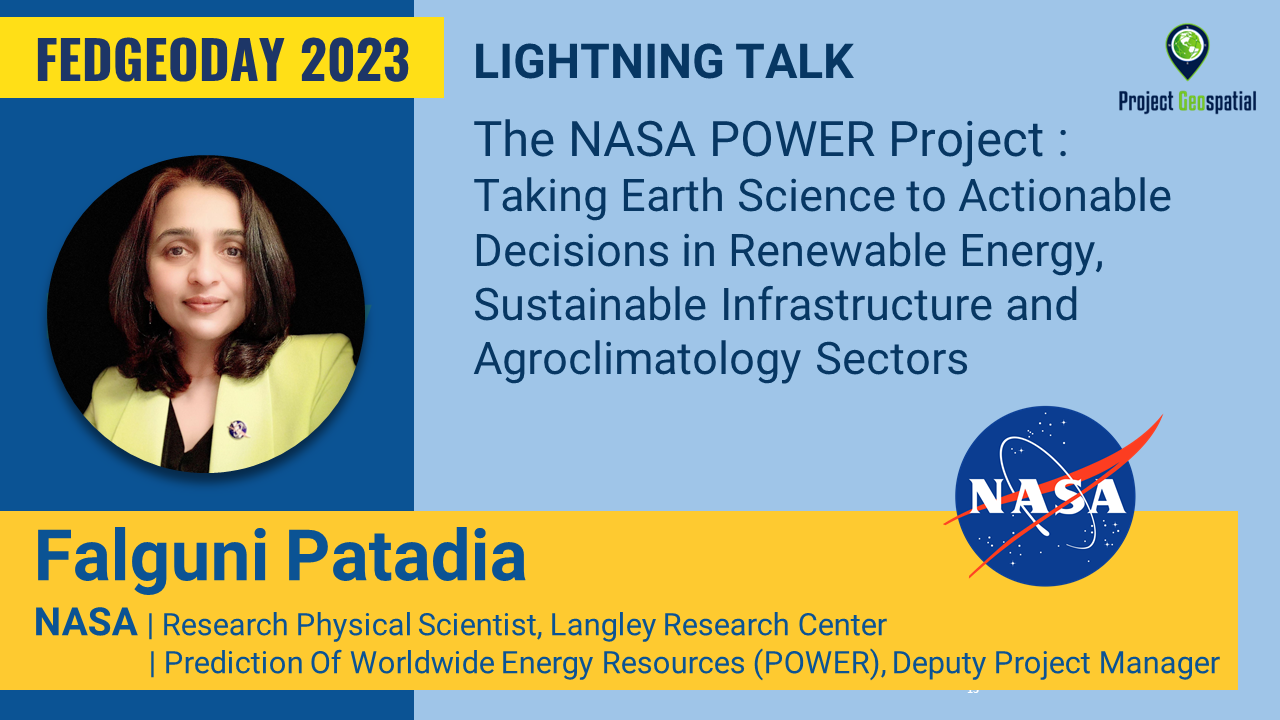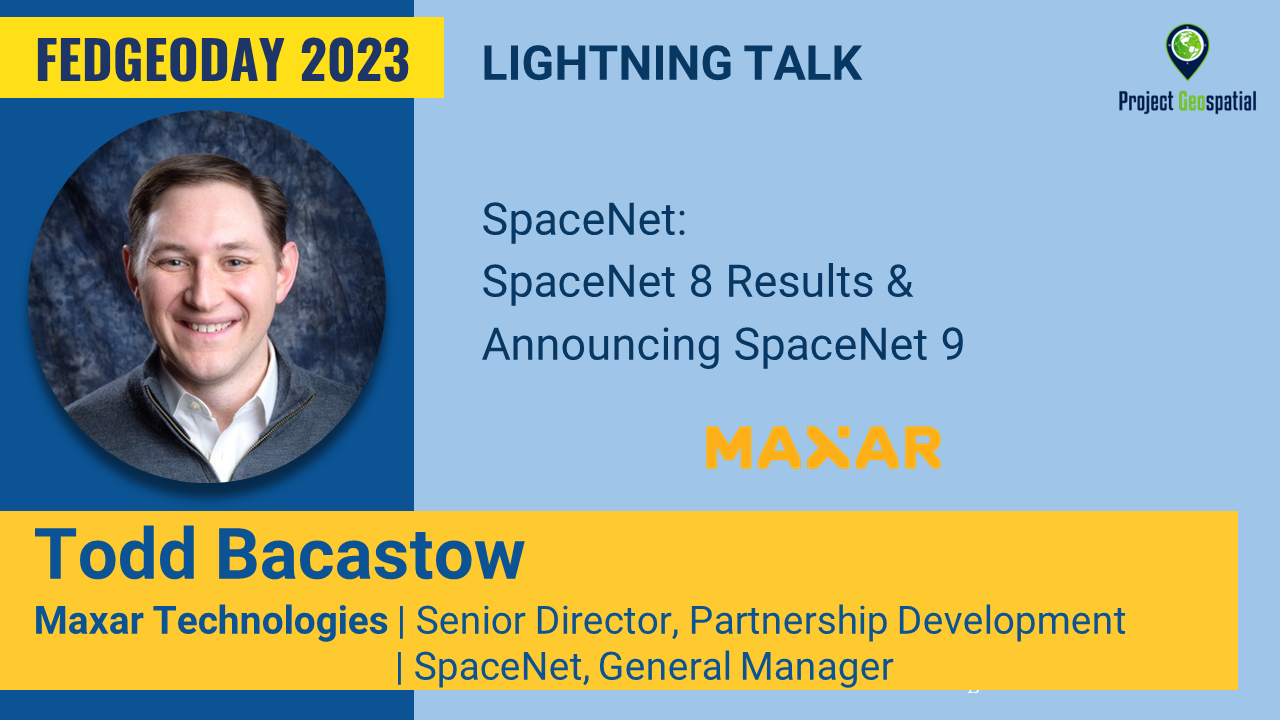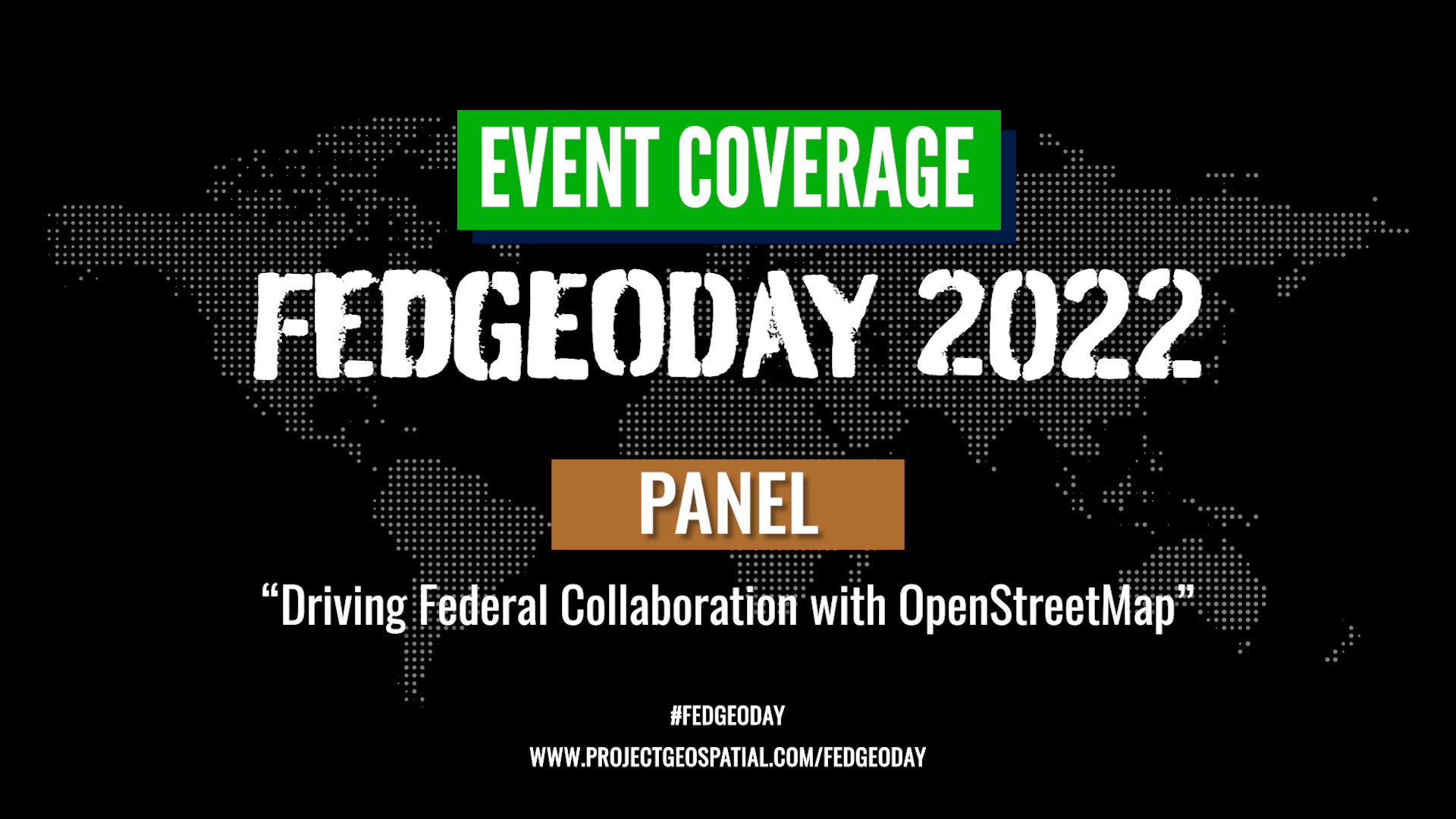EXPLORE THE GEOSPATIAL INDUSTRY THROUGH THE VISIONS OF THOSE INVOLVED…
- 3D Visualization
- 2024
- A Planet of 3 Billion
- academia
- Adam & Darryl
- Alex Waleczek
- Analysis Software
- Analytic Folk
- Andy Dearing
- Announcement
- Arturo.Ai
- Beyond the Map Tiles
- Camera Technology
- careers
- Cartography
- Chris Tucker
- Chul Gwon
- Civil Air Patrol
- Civil Applications Committee
- Climate
- Cloud Infrastructure
- Consulting Services
- CosmiQ Works
- COVID-19
- Critical Infrastructure
- CrunchyData
- Cyber Security
- Darryl Murdock
- Decoding Geo
- Defense Contractors
- DevGlobal
- Disaster Management
- drones
- Eagleview
- Education
- Event Analysis
- Event Content
- events
- FBI
- FedCiv
- FedGeoDay
- FedGeoDay2022
- FedGeoDay 2023
- FedGeoDay 2024
- foss4g
- foss4g 2024
- General Discussion
- Geodesy
- Geofencing
- GeoFutures
- Geography 2050
- Geography 2050 (2020)
- Geography 2050 (2021)
- Geography 2050 (2024)
- GEOINT
- GEOINT 2021
- GEOINT 2022
- GEOINT 2023
- GEOINT 2024
- GEOINT 2023
- Geosaurus
- Geospatial
- Geospatial Law
- Geospatial Visualization
- GETEACH
- Google
- Government
- Healthcare
- High School
- Hyperspectral
- IEEE GRSS
- Imagery Analysis
- Imagery Collection
- Industry Limelight
- Infrared
- John-Isaac Clark
- Josh Williams
- Julia Wagemann
- Kit Rackley
- Landsat
- Late Night Geo
- Lego
- Let's Talk Geo
- LiDAR
- Location Services
- Machine Learning
- Map
- Mark Tatgenhorst
- Maxar
- Metaverse
- Mike McGowan
- NASA
- National Geodetic Survey
- New Light Technologies
- New Zealand
- NGA
- Nick Weir
- NOAA
- NRO
- NUVIEW
- Oak Ridge National Laboratory
- OGC
- Olivia Powell
- Open Geospatial Consortium
- open source
- open-source
- opengeo
- openstreetmap
- personal development
- Places
- PostGIS
- Press Release
- Public Domain Map
- QGIS
- Radar Labs
- Recap
- Remote Sensing
- Research
- RF Collection
- Ryan Lewis
- SAR
- Satellites
- Security
- Sensor Showdown
- SIGINT
- Skyris
- Space Companies
- SpaceNet
- SpaceNet 8
- Spatial STL Advisors
- St Louis
- St. Louis
- stereotaxy
- STLGEO
- Synthetic Data
- T-Rex
- Talbot Broooks
- TJHS
- Treasury
- UAS/UAV
- urban planning
- US Census Bureau
- USGS
- VTF2020
- Weather
- WEM Council
- Women in Geospatial+
- workforce
FedGeoDay 2024 Workshop | Preparing for National Spatial Reference System Modernization
FedGeoDay 2022 - Value of Open Source Software for Federal Programs
FedGeoDay 2022 - Augmenting Authoritative Data with Public Domain Map
FedGeoDay 2022 - Keeping Up with Geosaptial and Open Data Mandates
FedGeoDay 2022 - Frontiers of Open Land Imaging for Data Science
GEOINT 2022 - Civil Air Patrol - Scott Kaplan
Civil Air Patrol operates a fleet of 555 single-engine aircraft and 2,250 small Unmanned Aircraft Systems (sUAS) and performs about 90% of all search and rescue operations within the contiguous United States as tasked by the Air Force Rescue Coordination Center. Often using innovative cellphone forensics and radar analysis software, CAP was credited by the AFRCC with saving 108 lives last year. CAP’s 56,000 members also perform homeland security, disaster relief and drug interdiction missions at the request of federal, state and local agencies. As a nonprofit organization, CAP plays a leading role in aerospace education using national academic standards-based STEM (science, technology, engineering and math) education resources.
Scott Kaplan sat down with us to discuss what CAP’s role is in the geospatial industry dating back to World War 2. He then went on to explain the coordination between NGA and CAP in regards to search and rescue operations. Along with talking about recent news for the organization and his favorite new technology that he saw at the symposium.
GEOINT 2022 - NGA - Kathy Wever
Anyone who sails a ship, flies an aircraft, goes into harm’s way, makes national policy decisions, responds to disasters, or navigates with a cellphone, all rely on the National Geospatial-Intelligence Agency. NGA delivers world-class geospatial intelligence, or GEOINT, that provides a decisive advantage to warfighters, policymakers, intelligence professionals and first responders. Both an intelligence agency and a combat support agency, NGA fulfills the president’s national security priorities in partnership with the intelligence community and Department of Defense.
Kathy Wever, Director of the Talent Development Office with the NGA, explains the skill sets and interests the agency is looking for in recent college graduates. She also elaborated on some academia partnerships that are making strides in diversifying the GEOINT community and getting more people interested in the field. And she even shared a personal story about working with youth to inspire the next generation of GEOINT professionals.
GEOINT 2022 - Civil Applications Committee - Dan Opstal & Scott Kaplan
The interagency Civil Applications Committee (CAC) facilitates the appropriate civil uses of overhead remote sensing technologies and data collected by military and intelligence capabilities, including from commercial sources. The CAC is operated and staffed by the U.S. Geological Survey on behalf of the U.S. Department of the Interior and its interagency partners. The director of the U.S. Geological Survey is the chair of the committee, and the vice-chair is a non-Department of the Interior senior official. The CAC ensures certain Federal civil agencies have access to these remotely sensed assets to meet their statutory missions in ways that do not threaten the civil rights, civil liberties, and personal privacy of U.S. citizens. To meets its mandate, the CAC hosts various working groups and communities of interest including those focused on thermal issues (wildland fires and volcanoes), environmental security, and historical satellite imagery.
Dan Opstal and Scott Kaplan, with the Civil Applications Committee, discuss the importance of CAC and why having an organization such as this is so important to the community as a whole. They also describe how they are educating individuals and their partners about how CAC can help in their particular missions. Dan also explains some of the challenges in the industry they are trying to mitigate in the industry such as accessibility to data. Scott also went on to elaborate on the need for improved communication between disciplines and how CAC is trying to help with that.
GEOINT 2022 - NGA - Rob Shields
Anyone who sails a ship, flies an aircraft, goes into harm’s way, makes national policy decisions, responds to disasters, or navigates with a cellphone, all rely on the National Geospatial-Intelligence Agency. NGA delivers world-class geospatial intelligence, or GEOINT, that provides a decisive advantage to warfighters, policymakers, intelligence professionals and first responders. Both an intelligence agency and a combat support agency, NGA fulfills the president’s national security priorities in partnership with the intelligence community and Department of Defense.
Rob Shields, the Director of Analytic Technologies at the NGA, talks about the technology they develop to support the analysts. As part of the office that provides the needs and prioritizes the solutions they need from providers, he discusses the types of tools that analysts prefer. He also describes the change he’s seen in the culture with the recent emphasis placed on the collaboration and innovation at the Moonshot Labs.
GEOINT 2022 - NGA - Tim Clayton and Rick Myllenbeck
Anyone who sails a ship, flies an aircraft, goes into harm’s way, makes national policy decisions, responds to disasters, or navigates with a cellphone, all rely on the National Geospatial-Intelligence Agency. NGA delivers world-class geospatial intelligence, or GEOINT, that provides a decisive advantage to warfighters, policymakers, intelligence professionals and first responders. Both an intelligence agency and a combat support agency, NGA fulfills the president’s national security priorities in partnership with the intelligence community and Department of Defense.
Tim Clayton, Director of Acquisition Oversight at the NGA, and Rick Myllenbeck, Industry Engagement Advisor at the NGA, discuss industry engagement and the procurement workflow at the agency. They touch on the best way for industry to work with government and the major mistakes the companies often make when working with government. Diving deeper, they explain the best way for small business to engage with the NGA and their relationship of with the Small Business Office.
GEOINT 2022 - NGA - Gary Dunow
Anyone who sails a ship, flies an aircraft, goes into harm’s way, makes national policy decisions, responds to disasters, or navigates with a cellphone, all rely on the National Geospatial-Intelligence Agency. NGA delivers world-class geospatial intelligence, or GEOINT, that provides a decisive advantage to warfighters, policymakers, intelligence professionals and first responders. Both an intelligence agency and a combat support agency, NGA fulfills the president’s national security priorities in partnership with the intelligence community and Department of Defense.
Gary Dunow, the Associate Director of Enterprise at the NGA, discusses the agency’s priorities and what he would like to see be the focus for the coming five years. The three main targets he explains are an interoperable GEOINT environment, sensor to effect capabilities, and GEOINT superiority from space. And he went on to elaborate on how he plans to coordinate with NGA’s industry partners to achieve their goals.






























